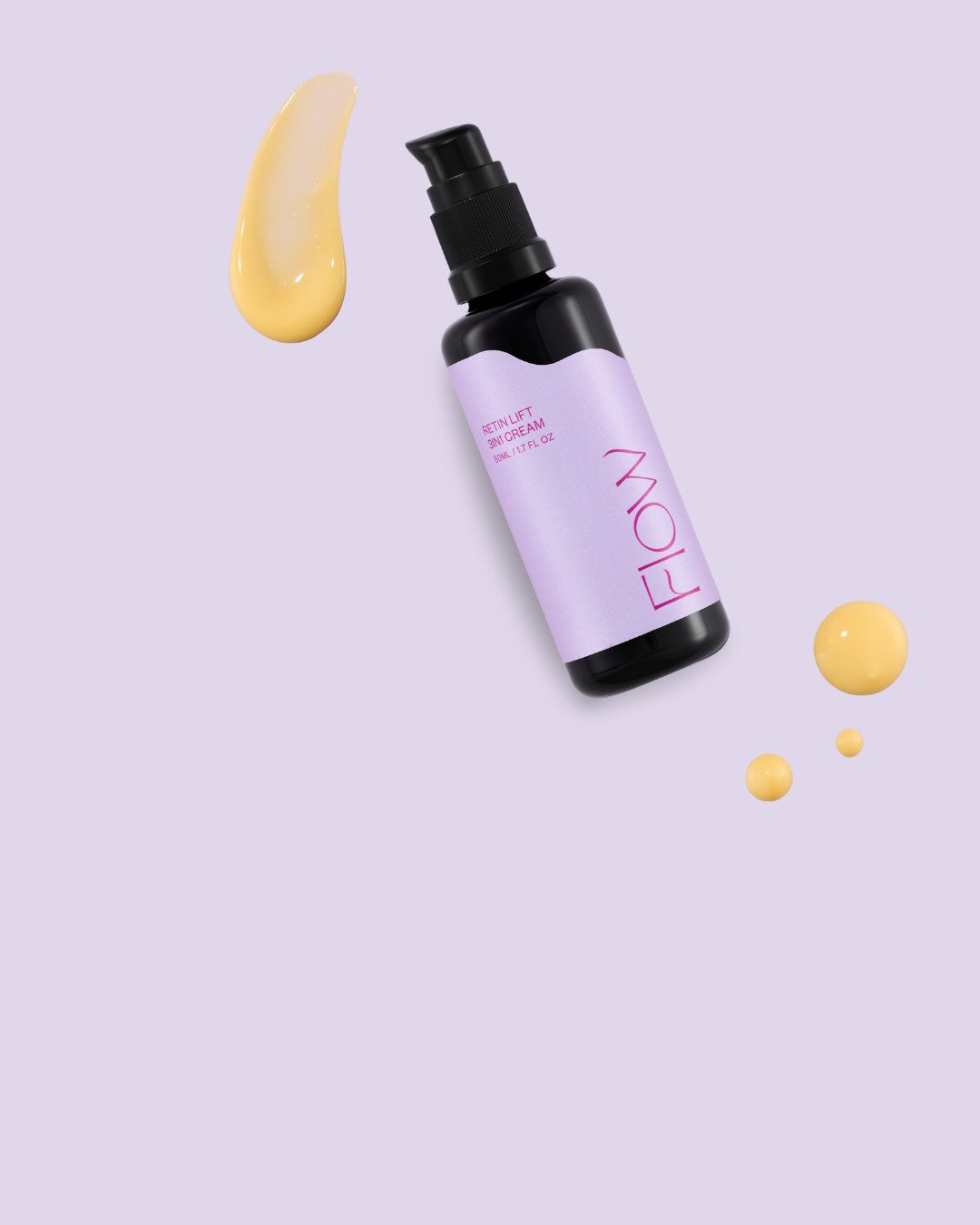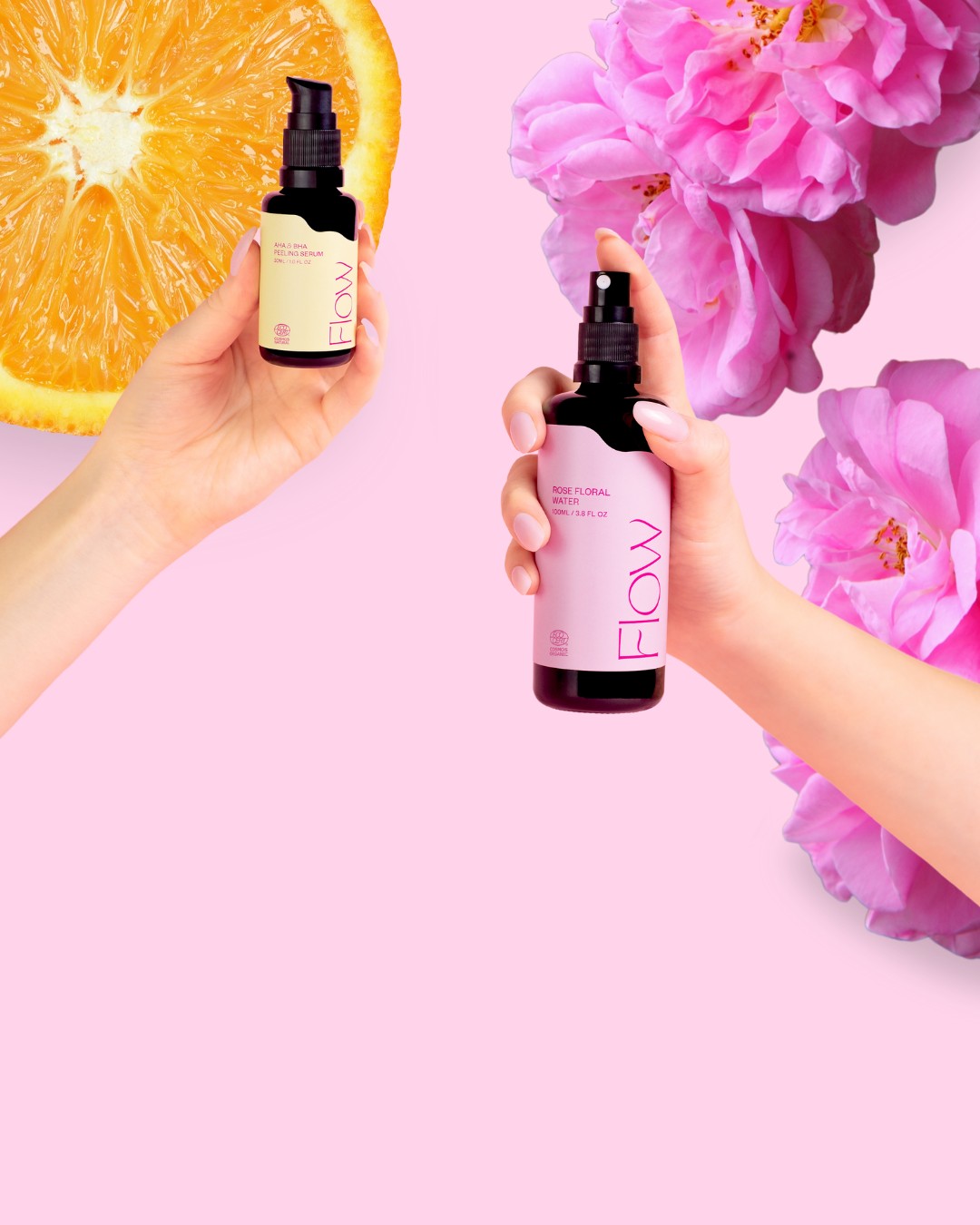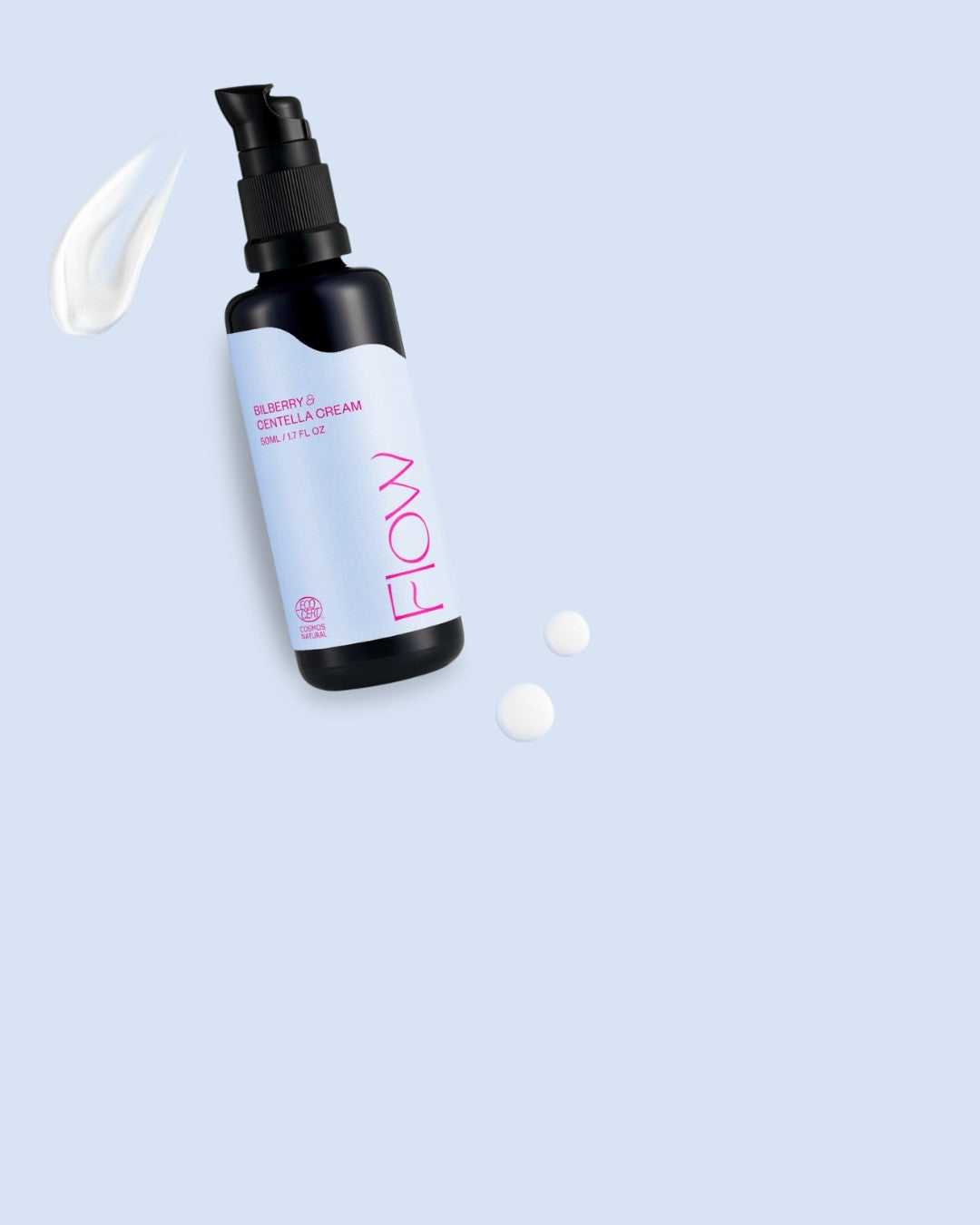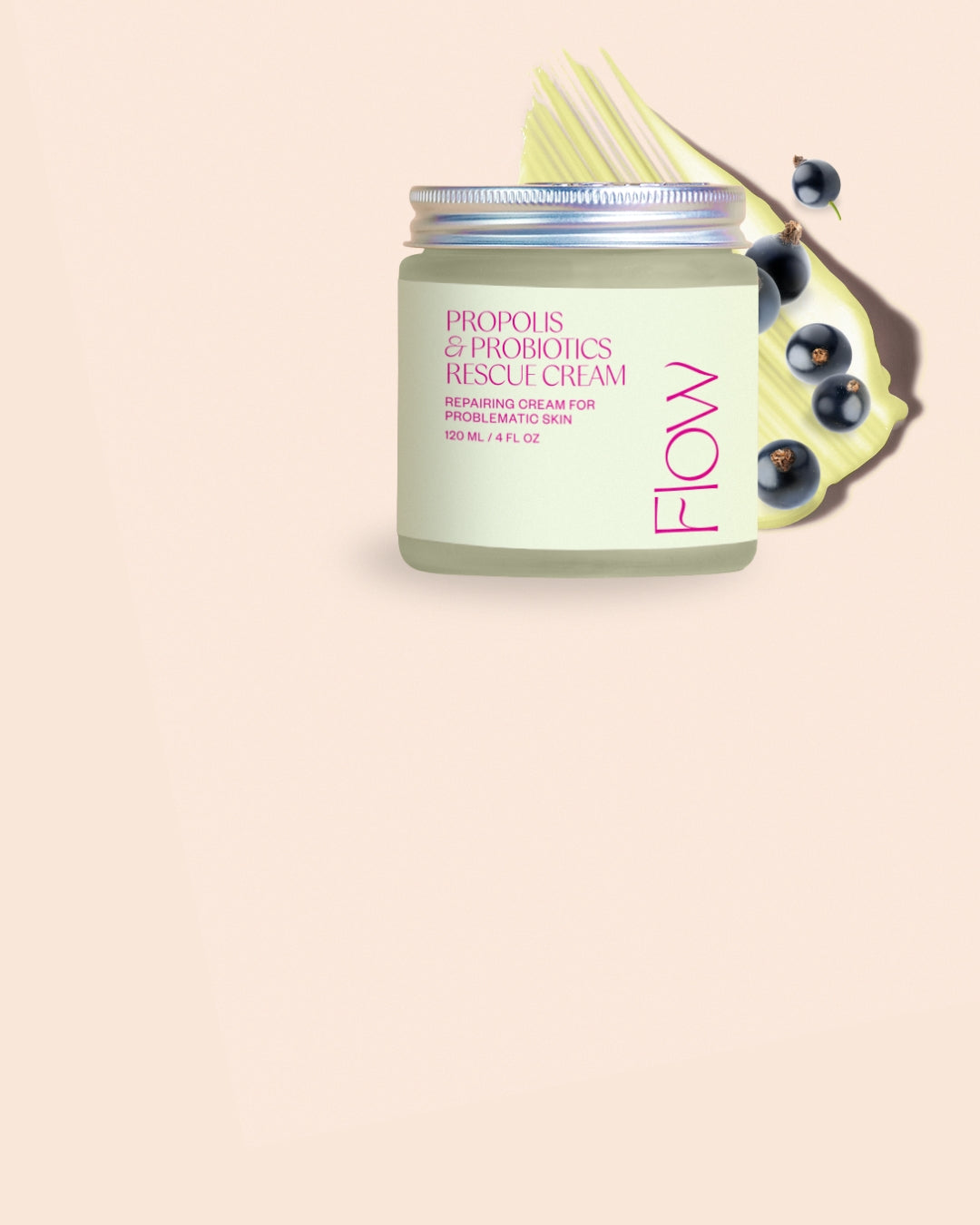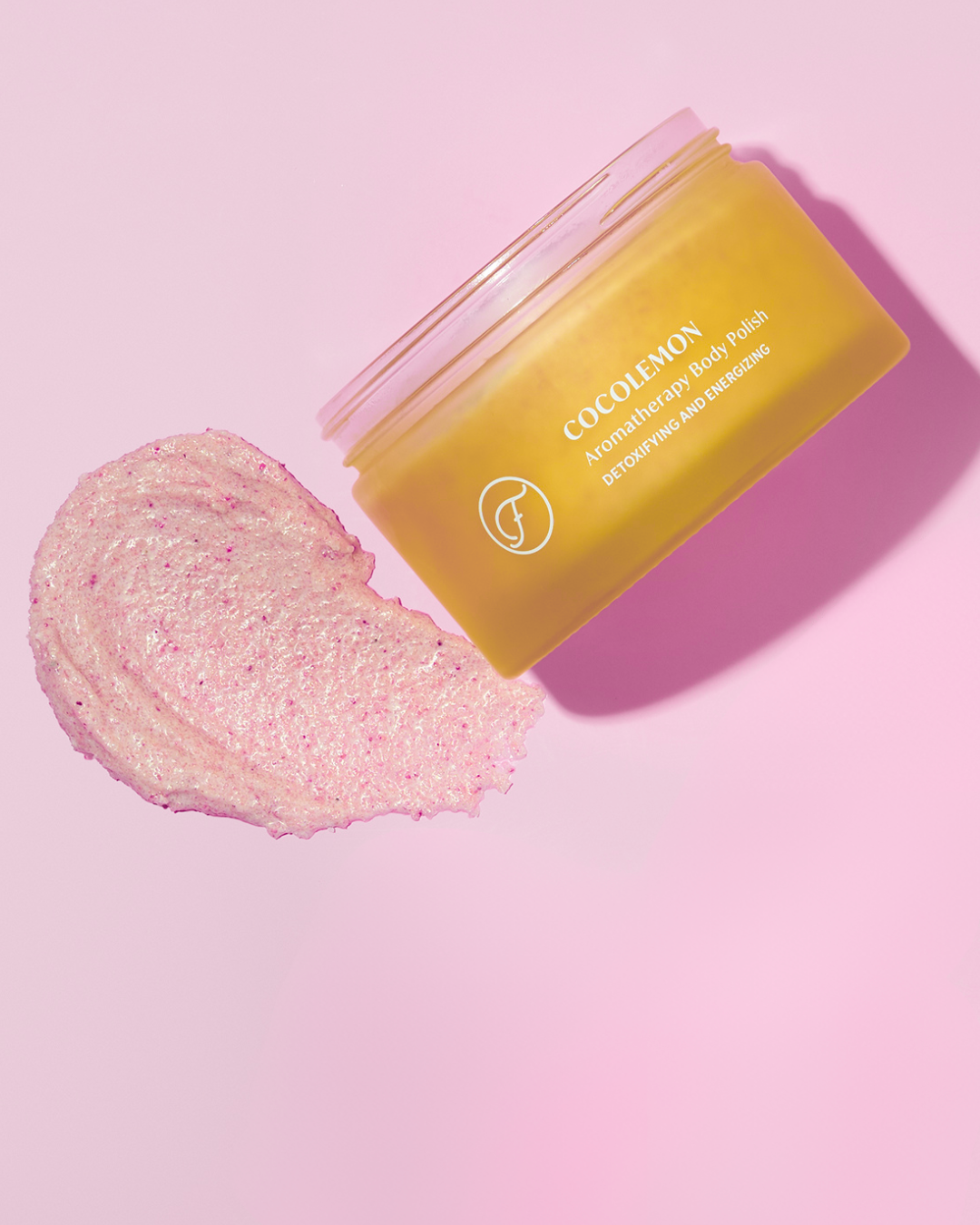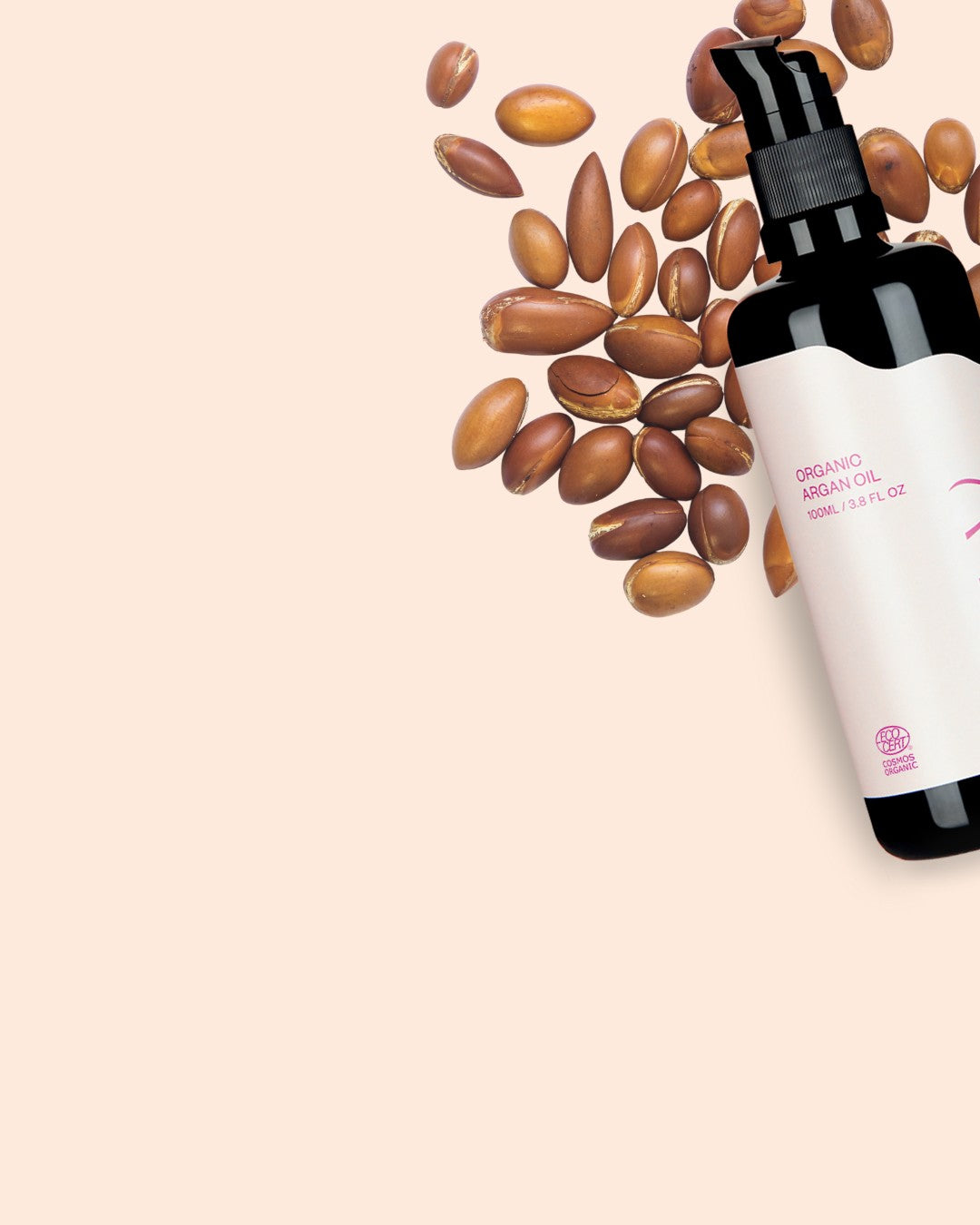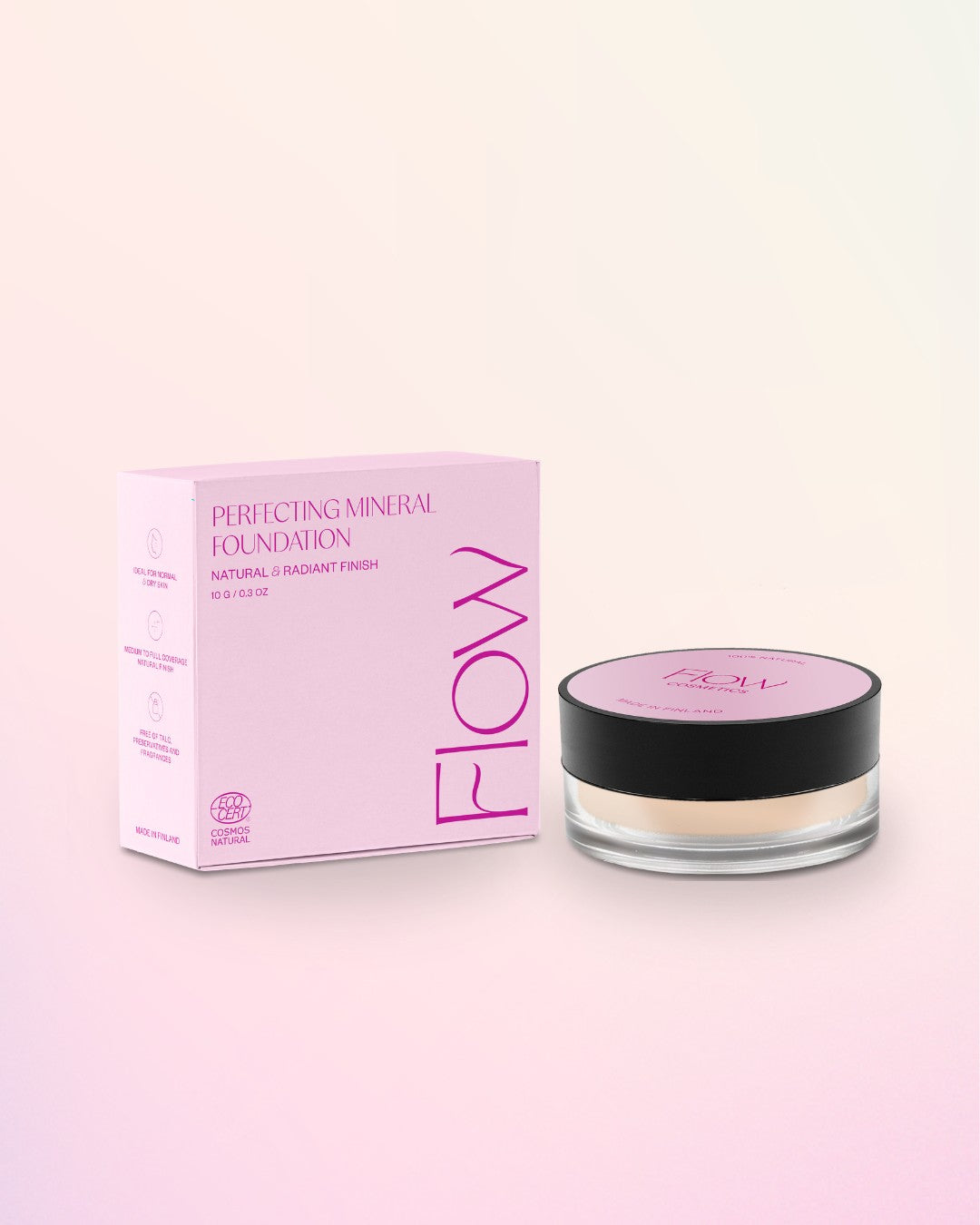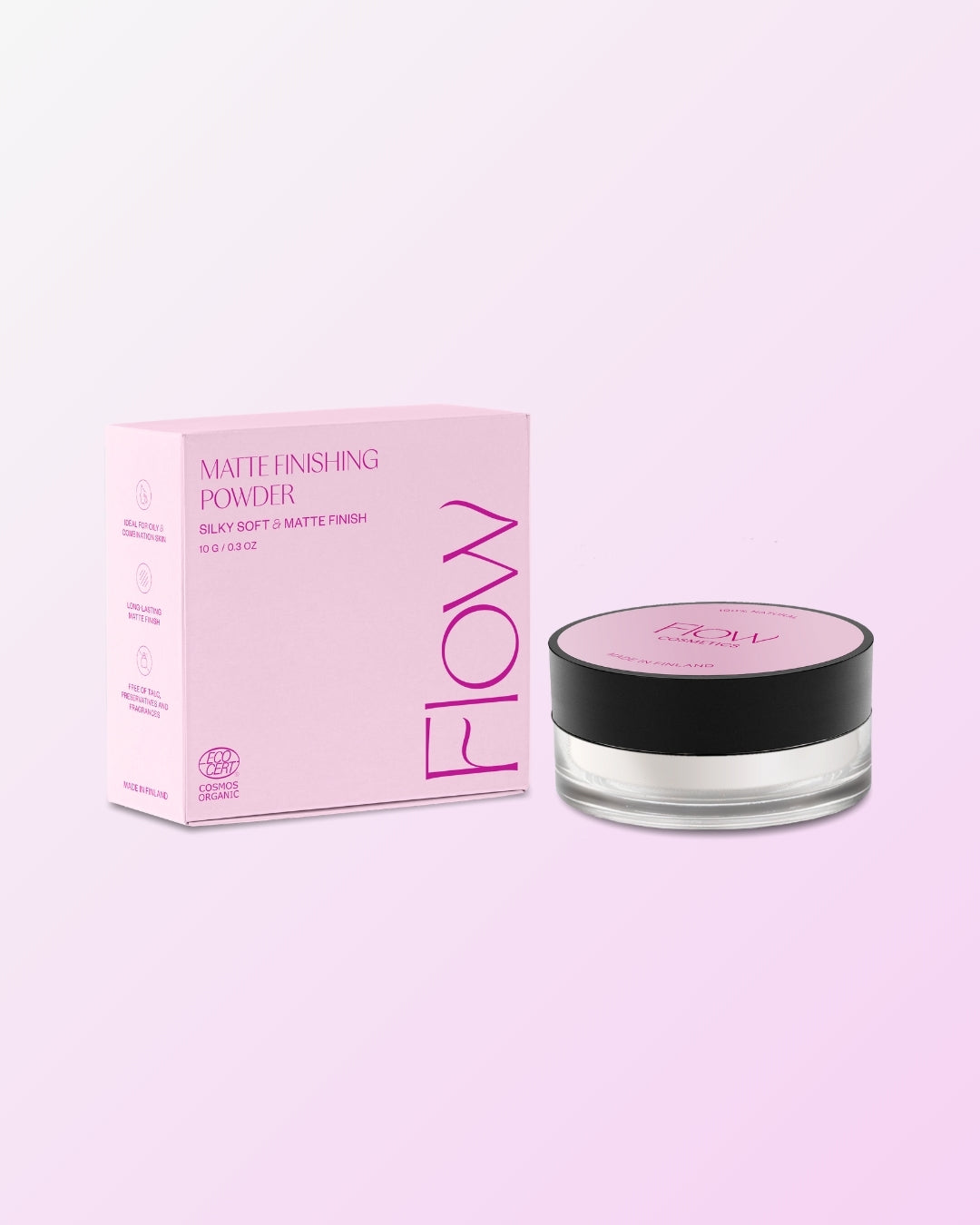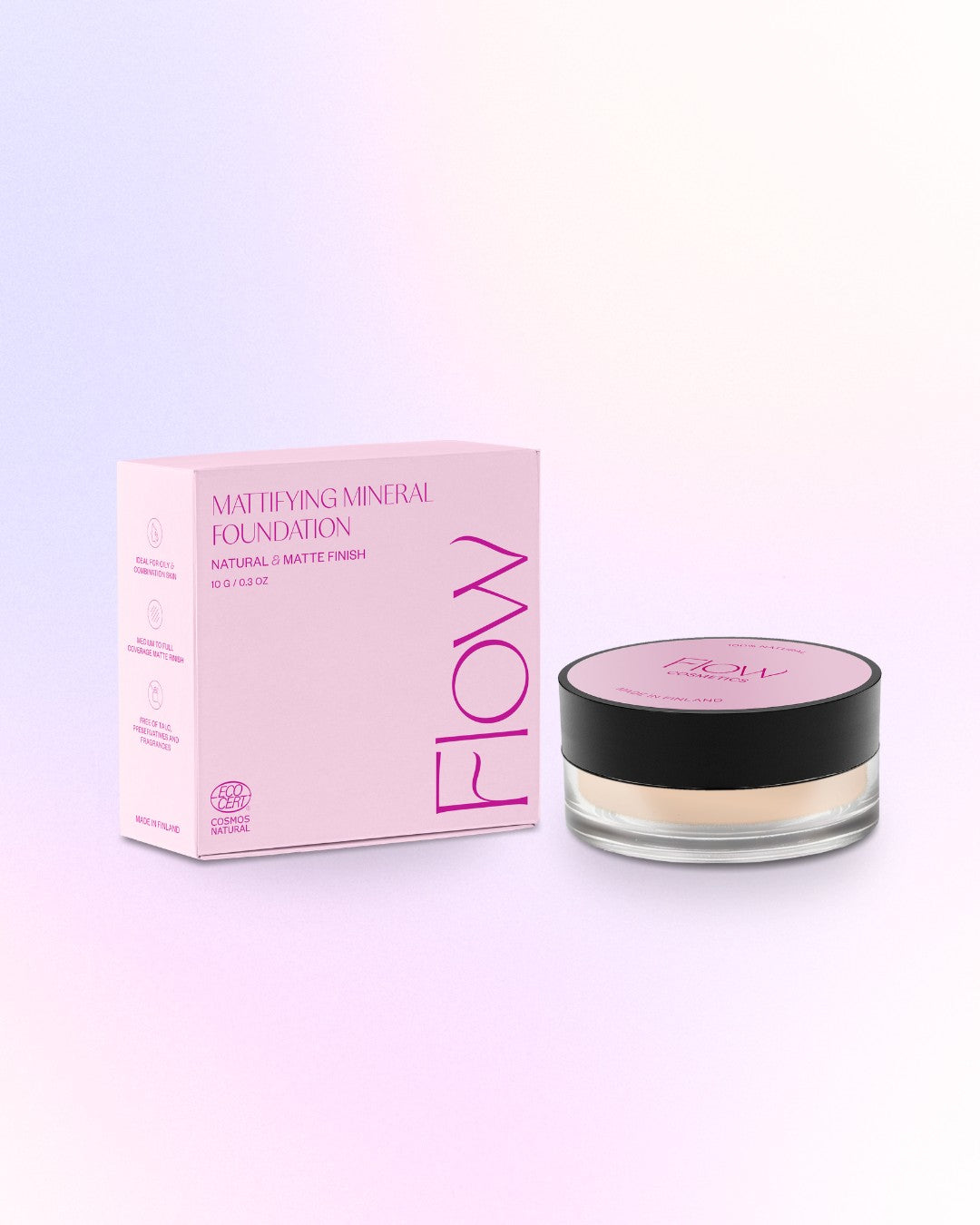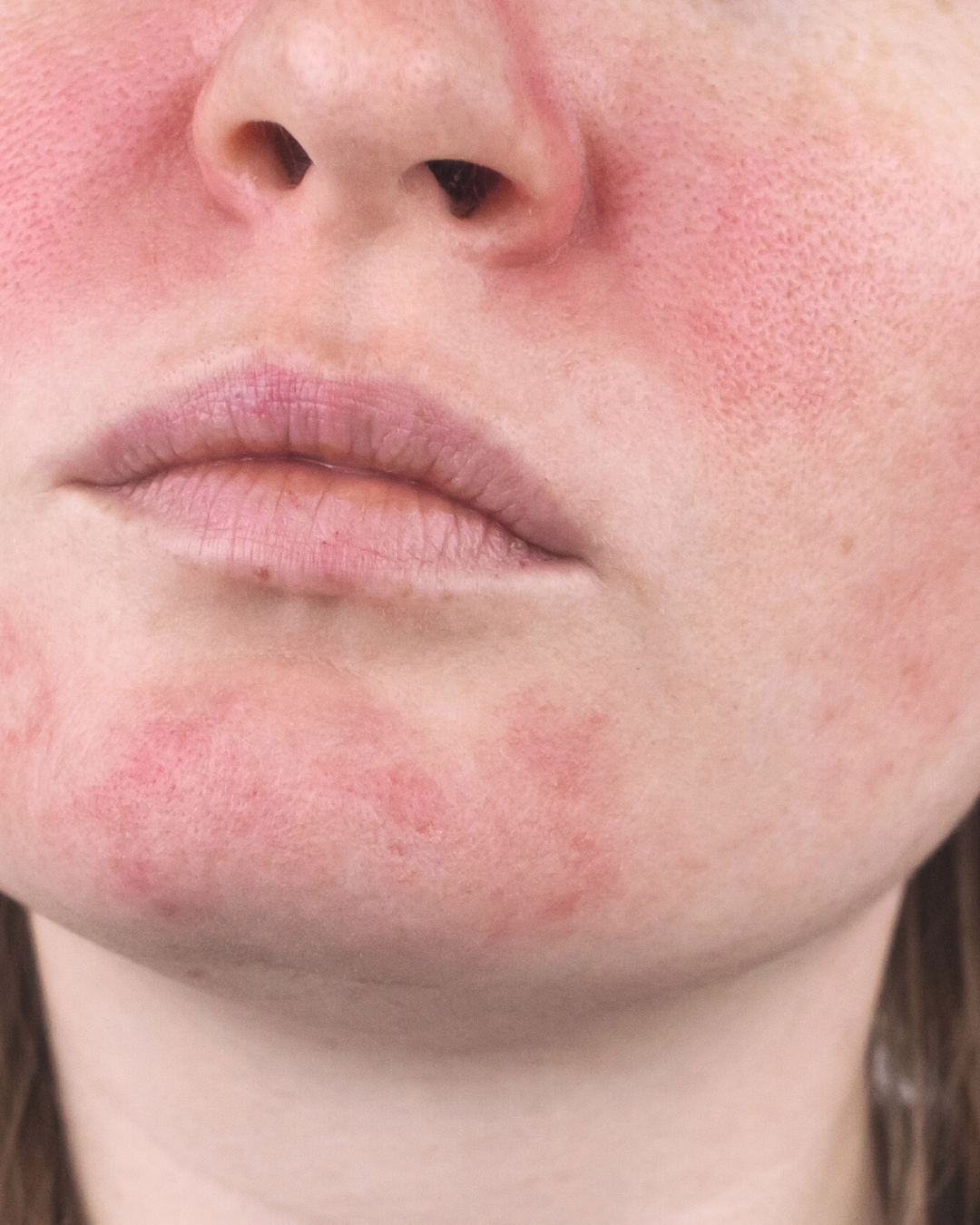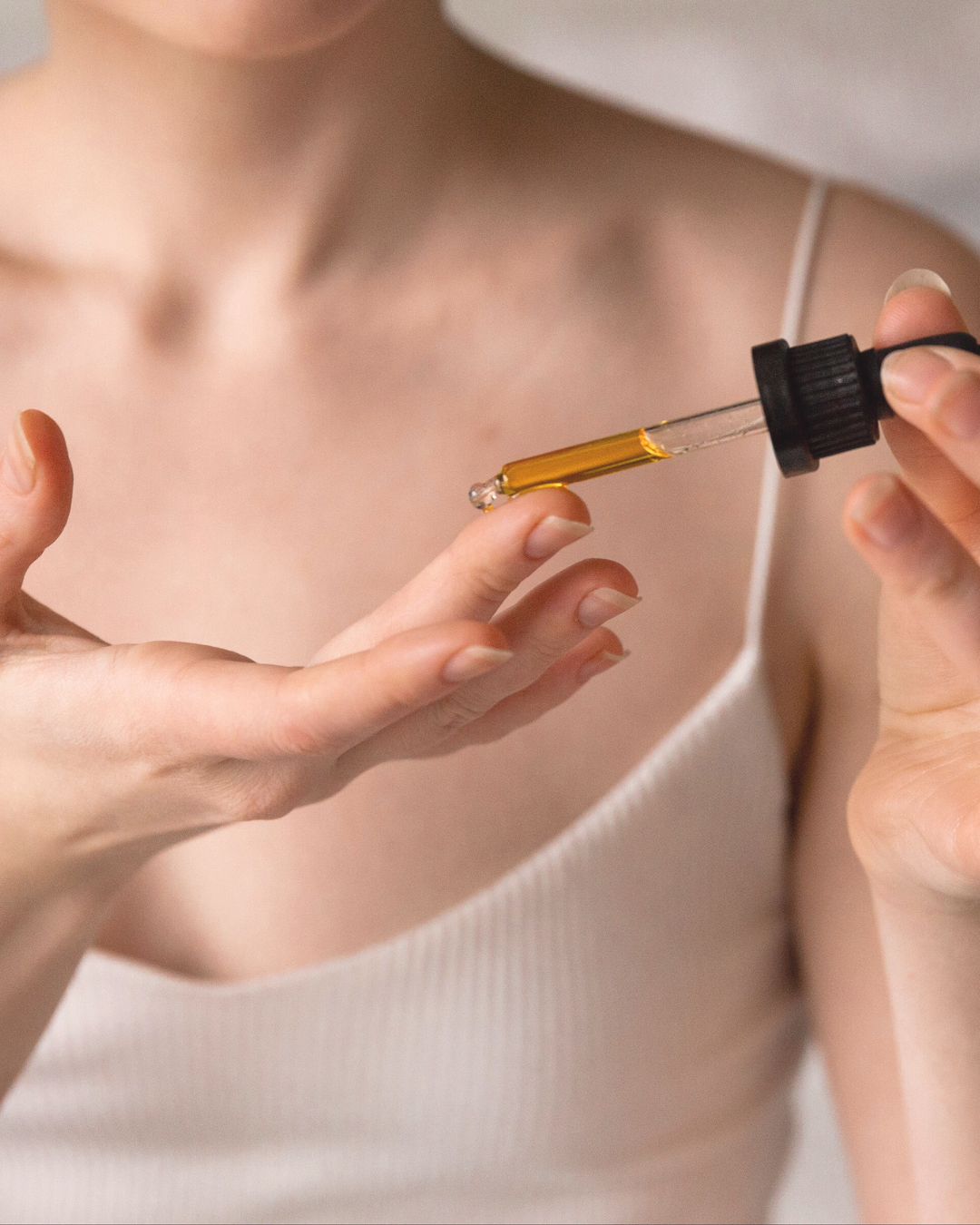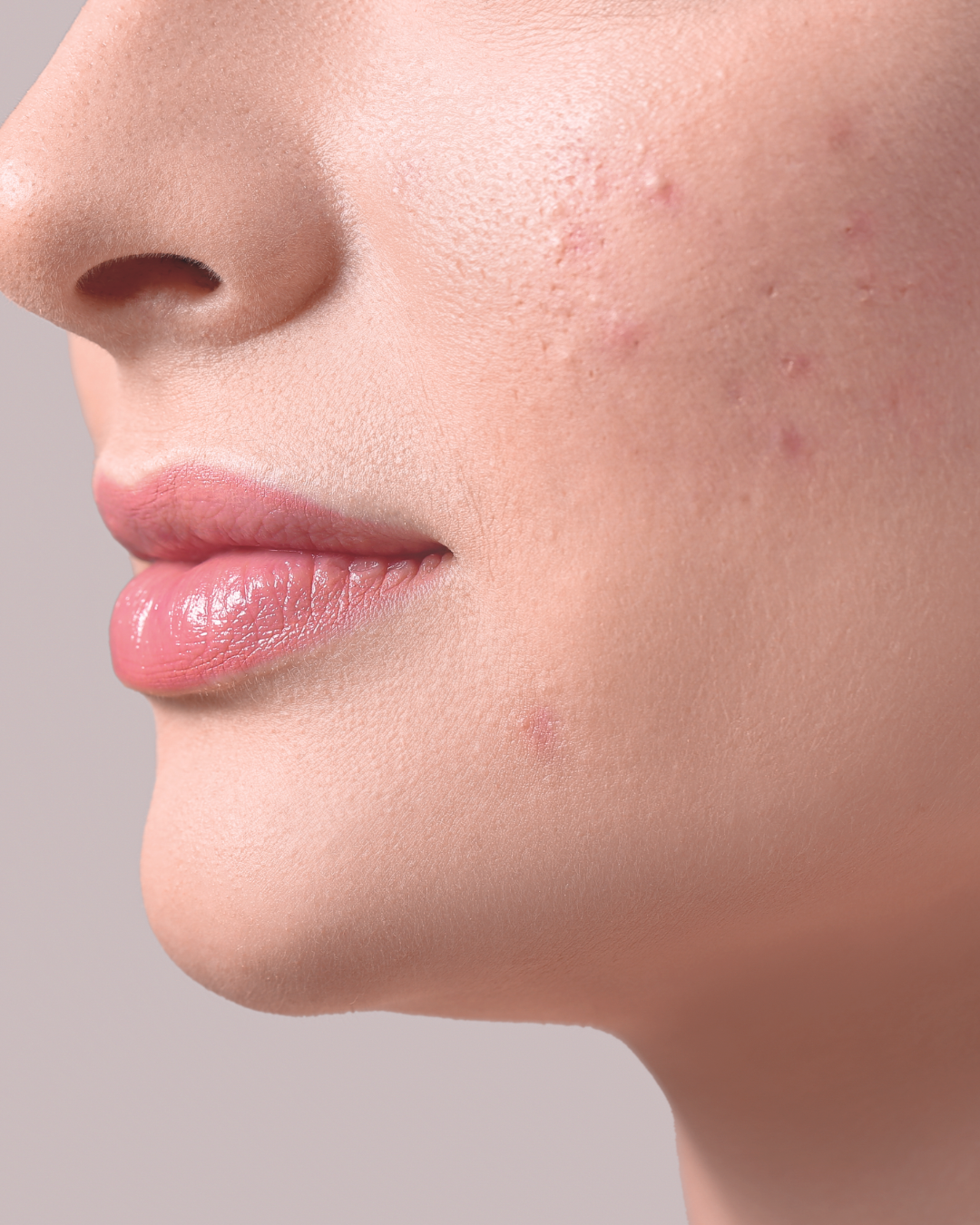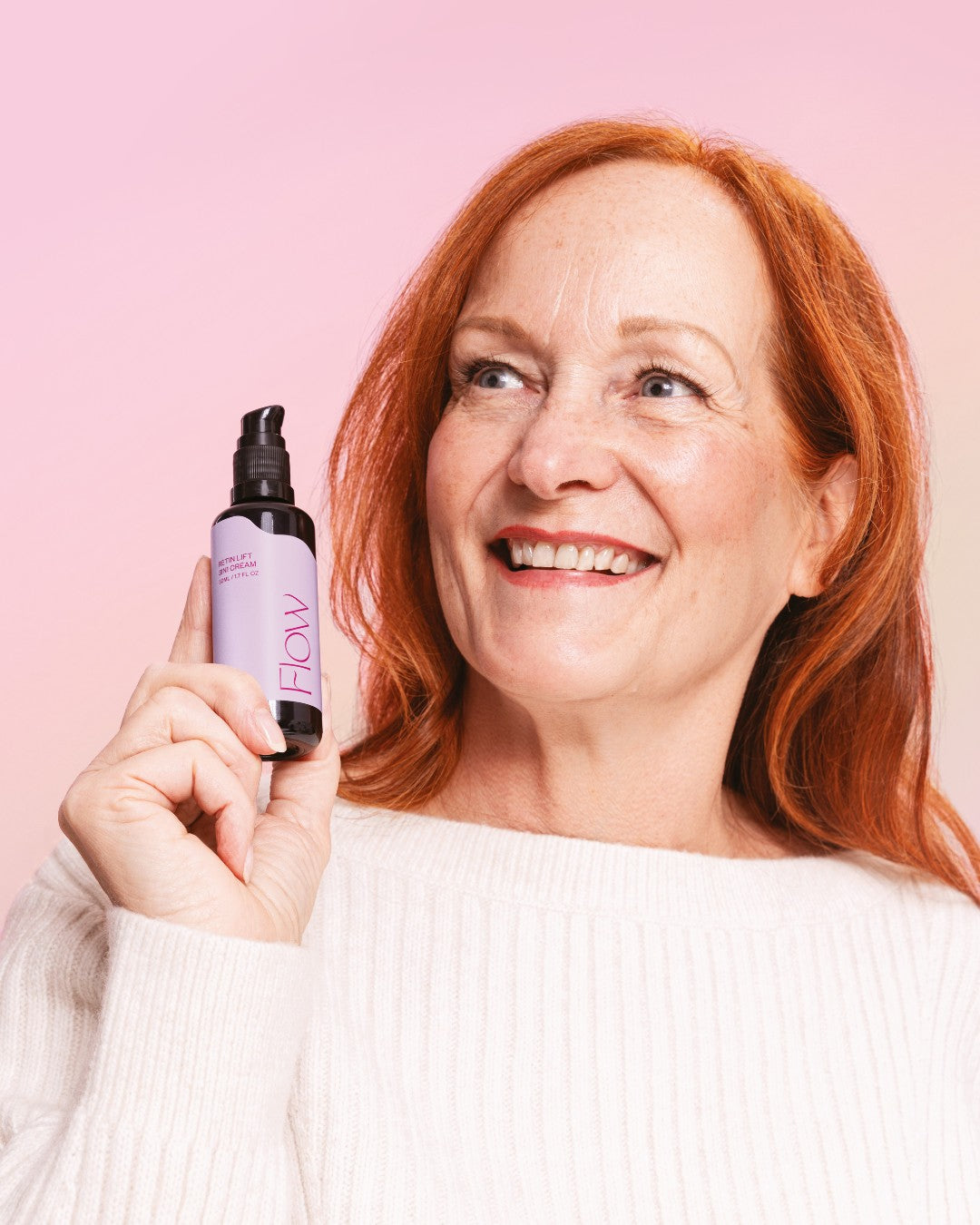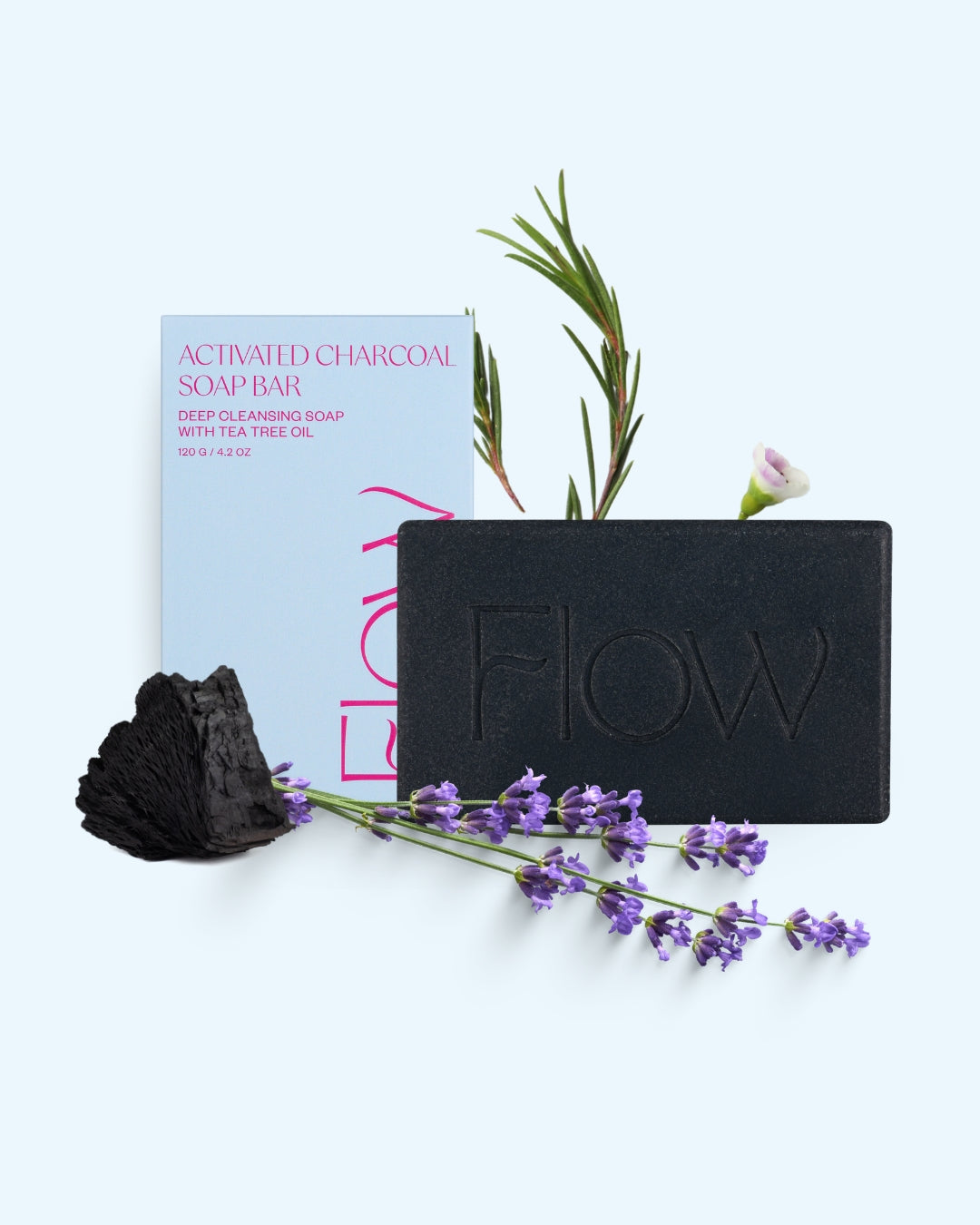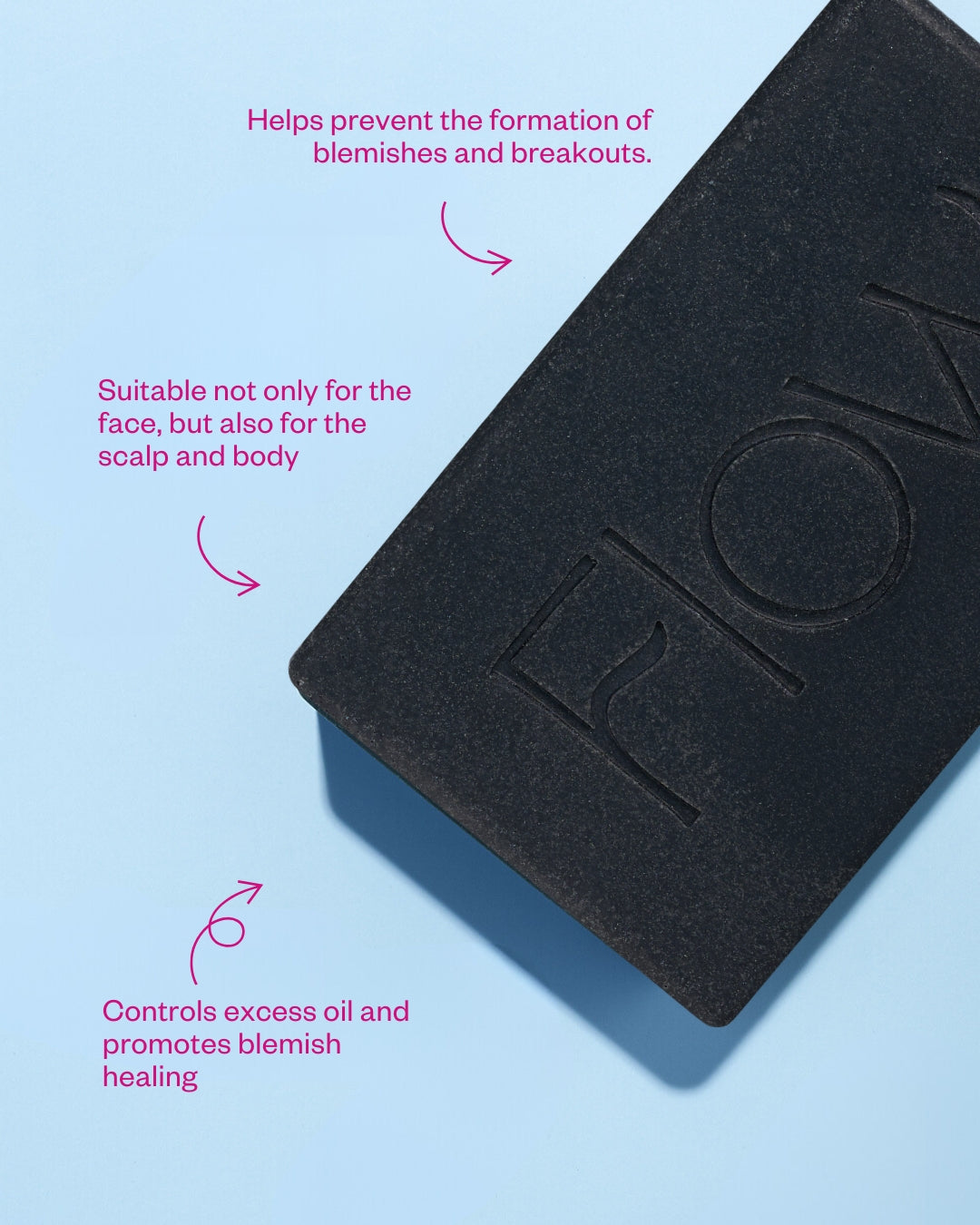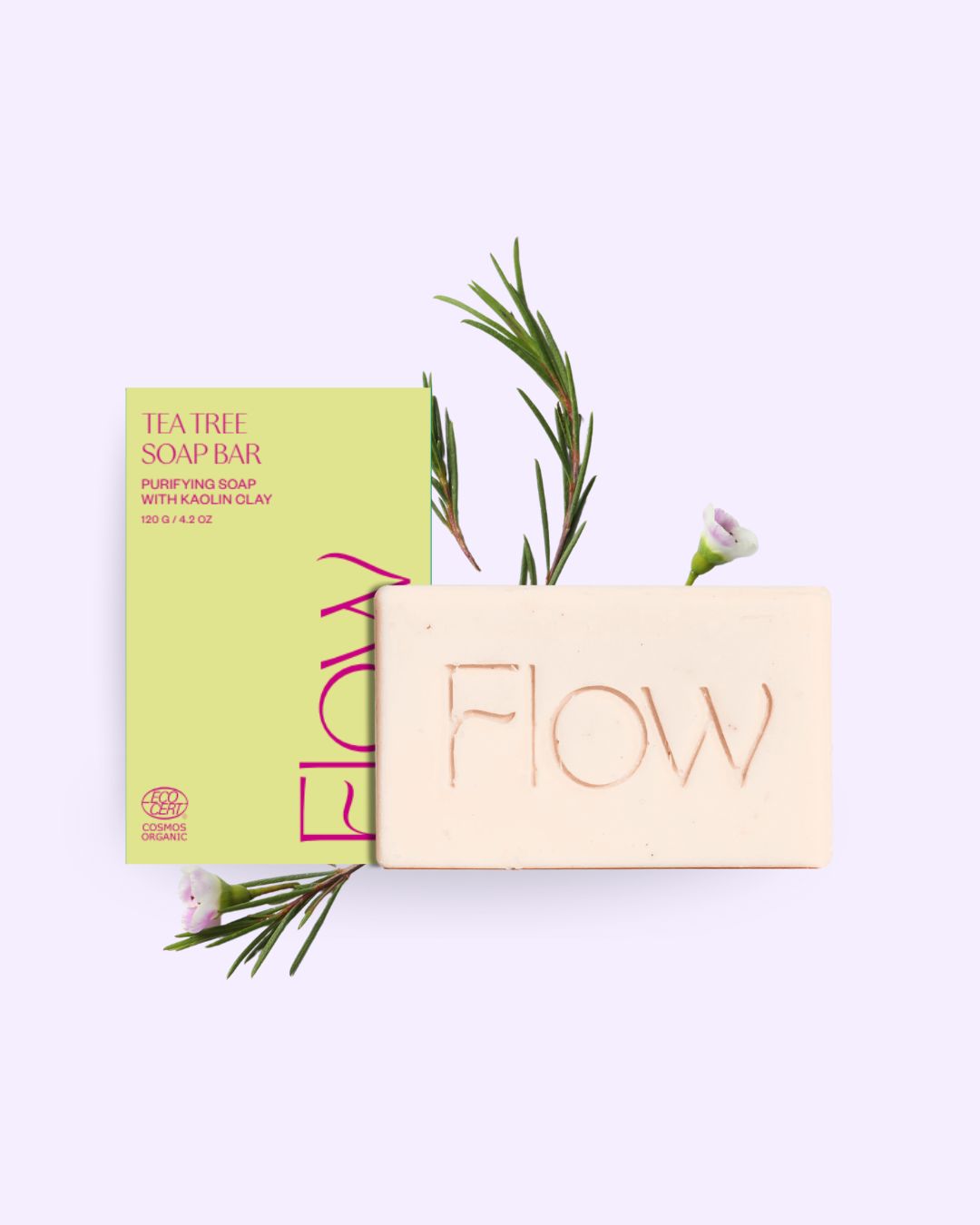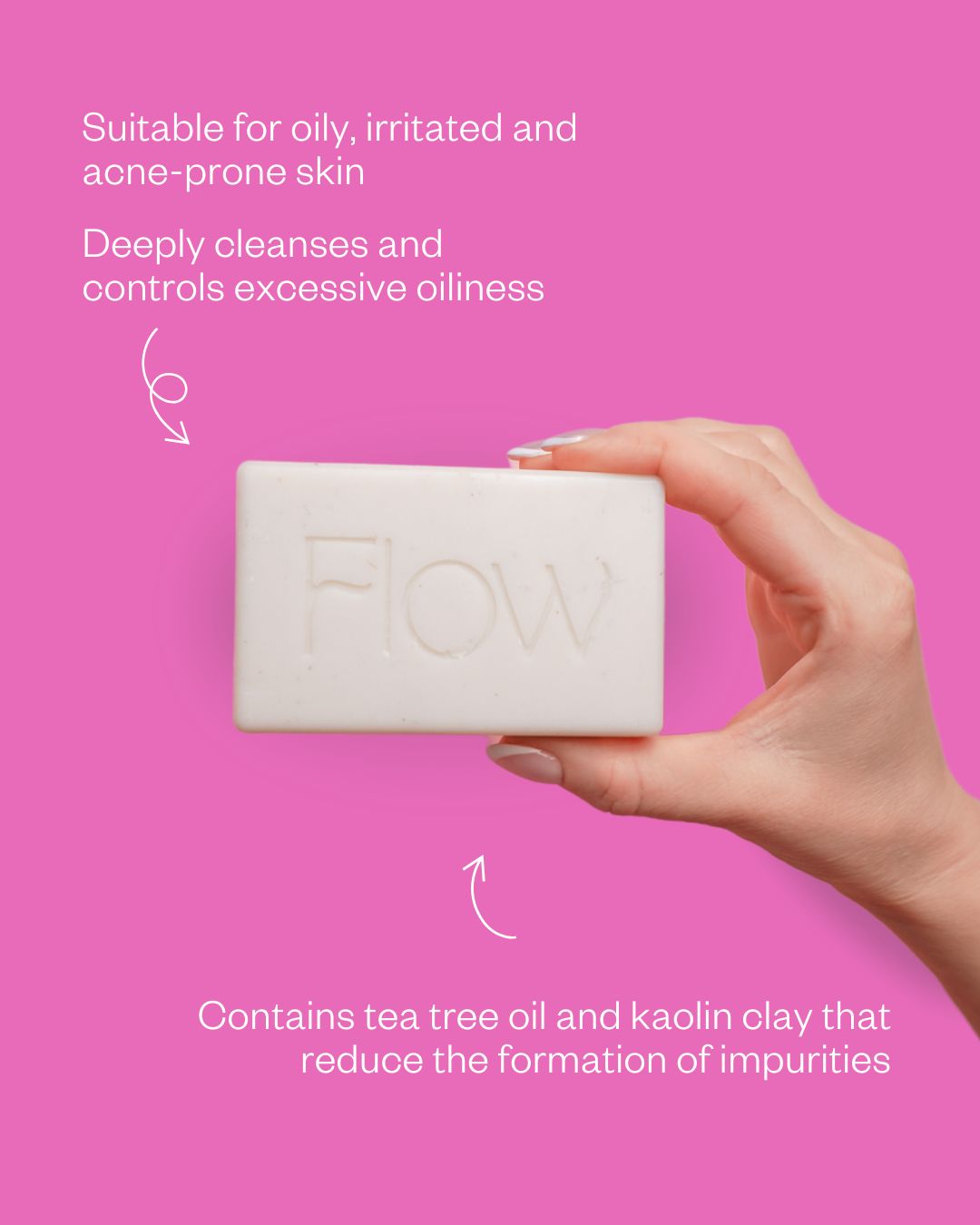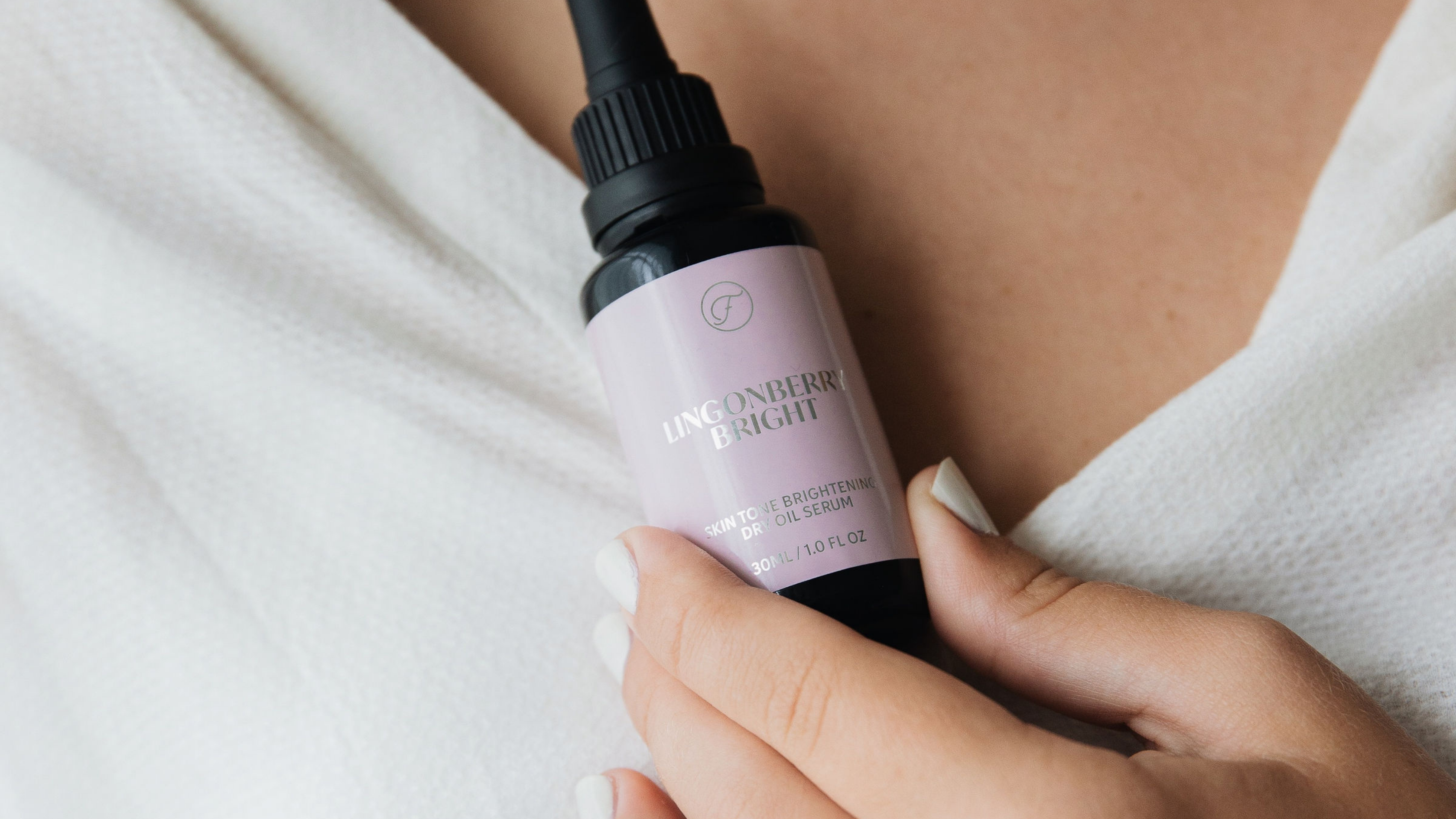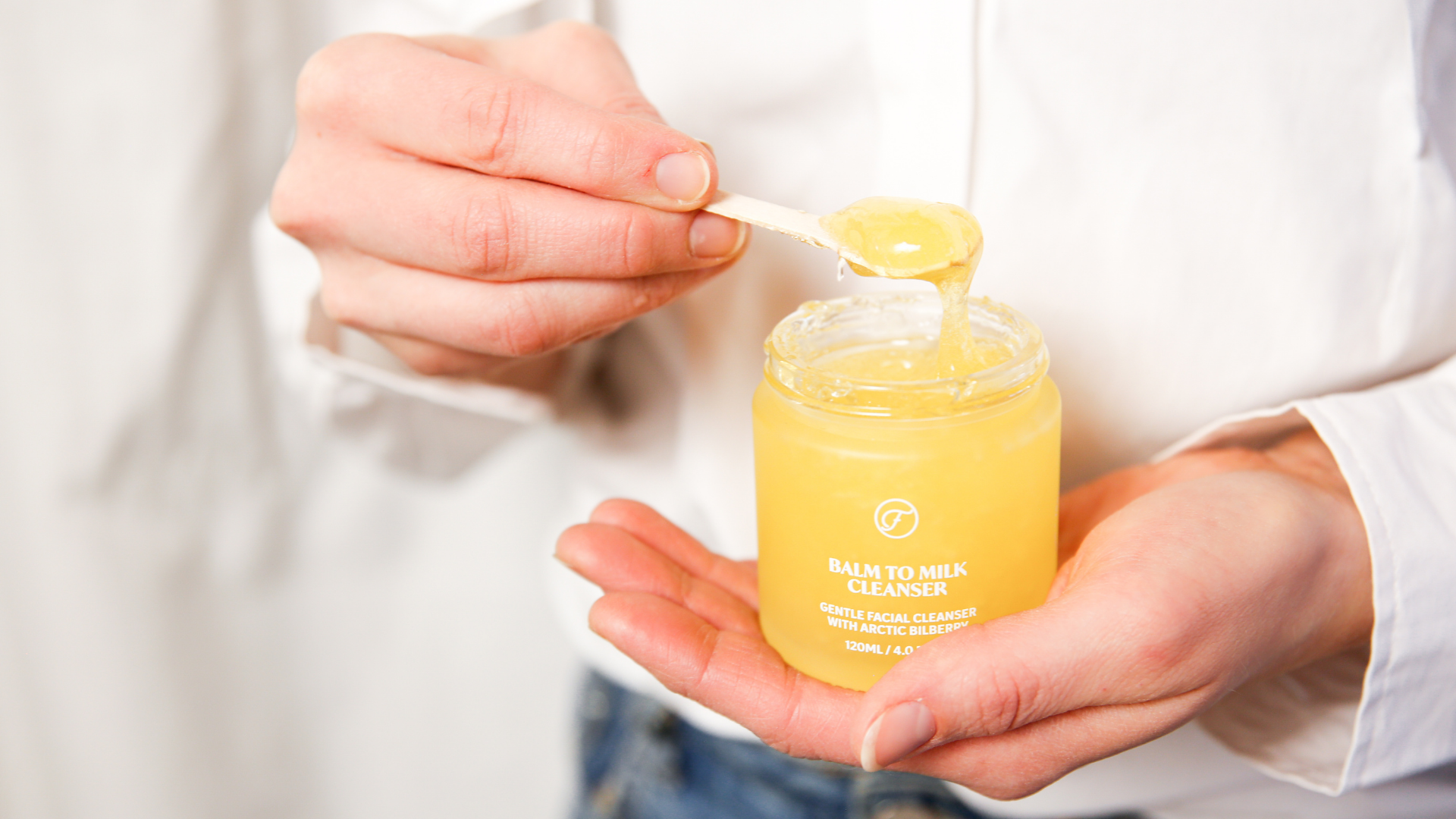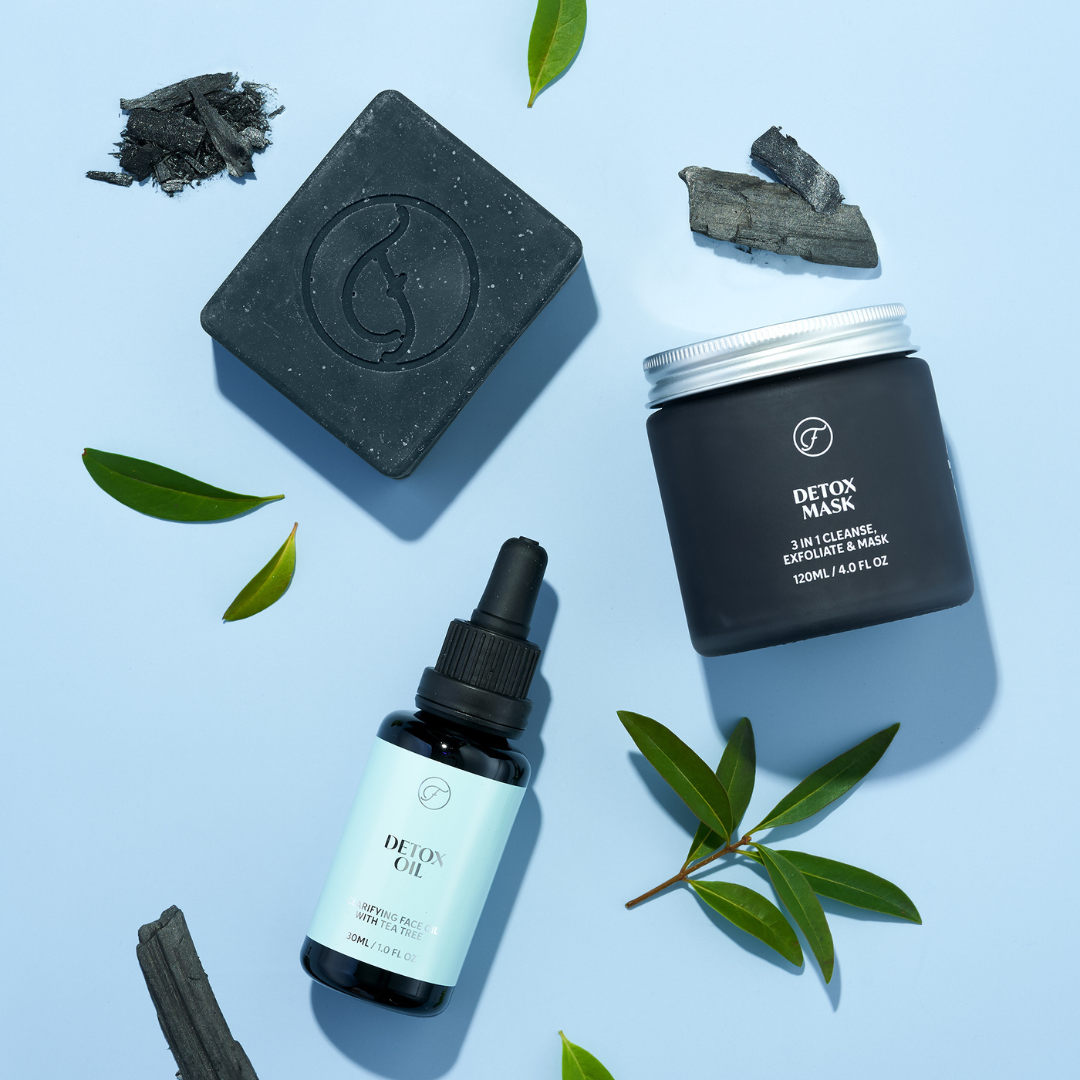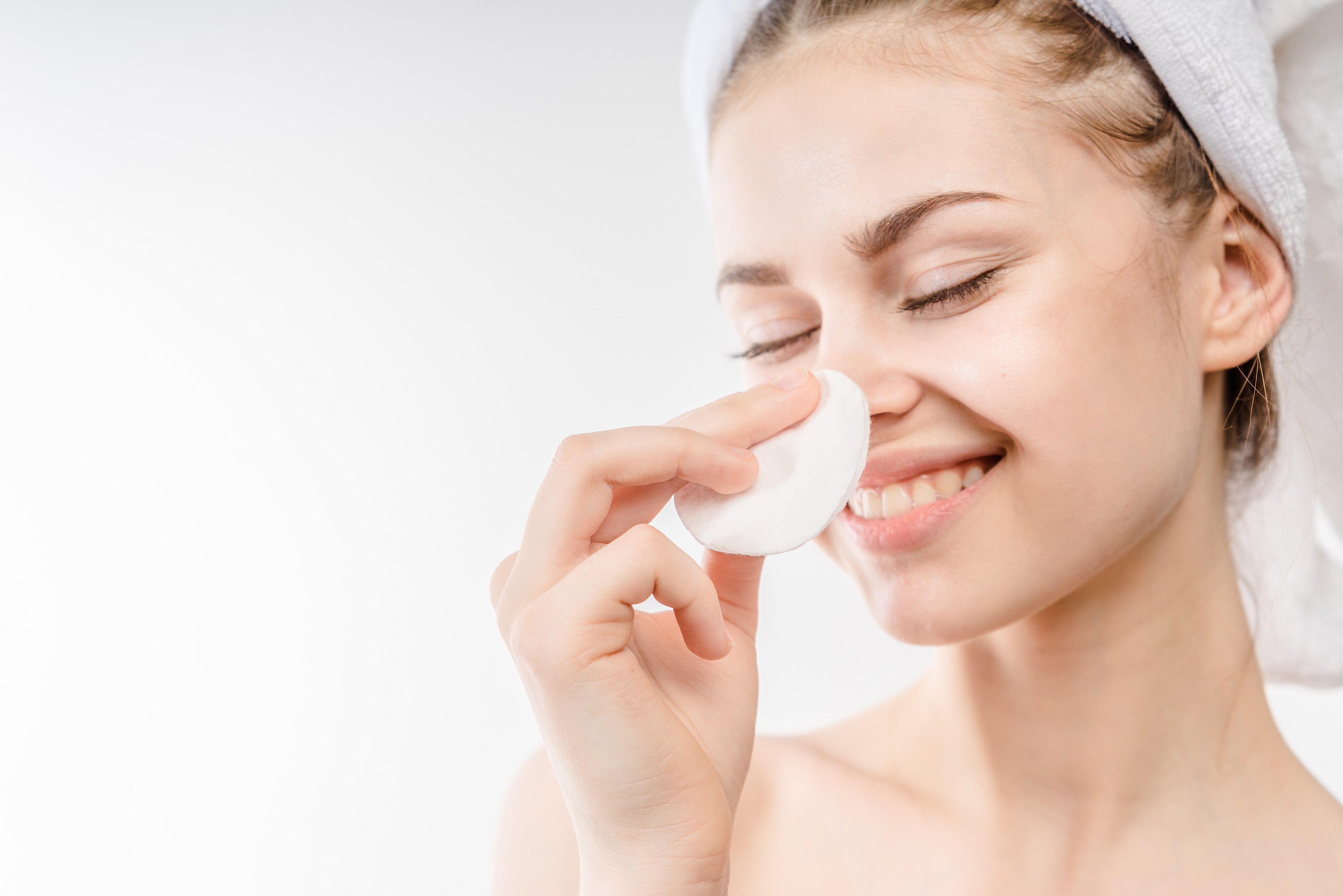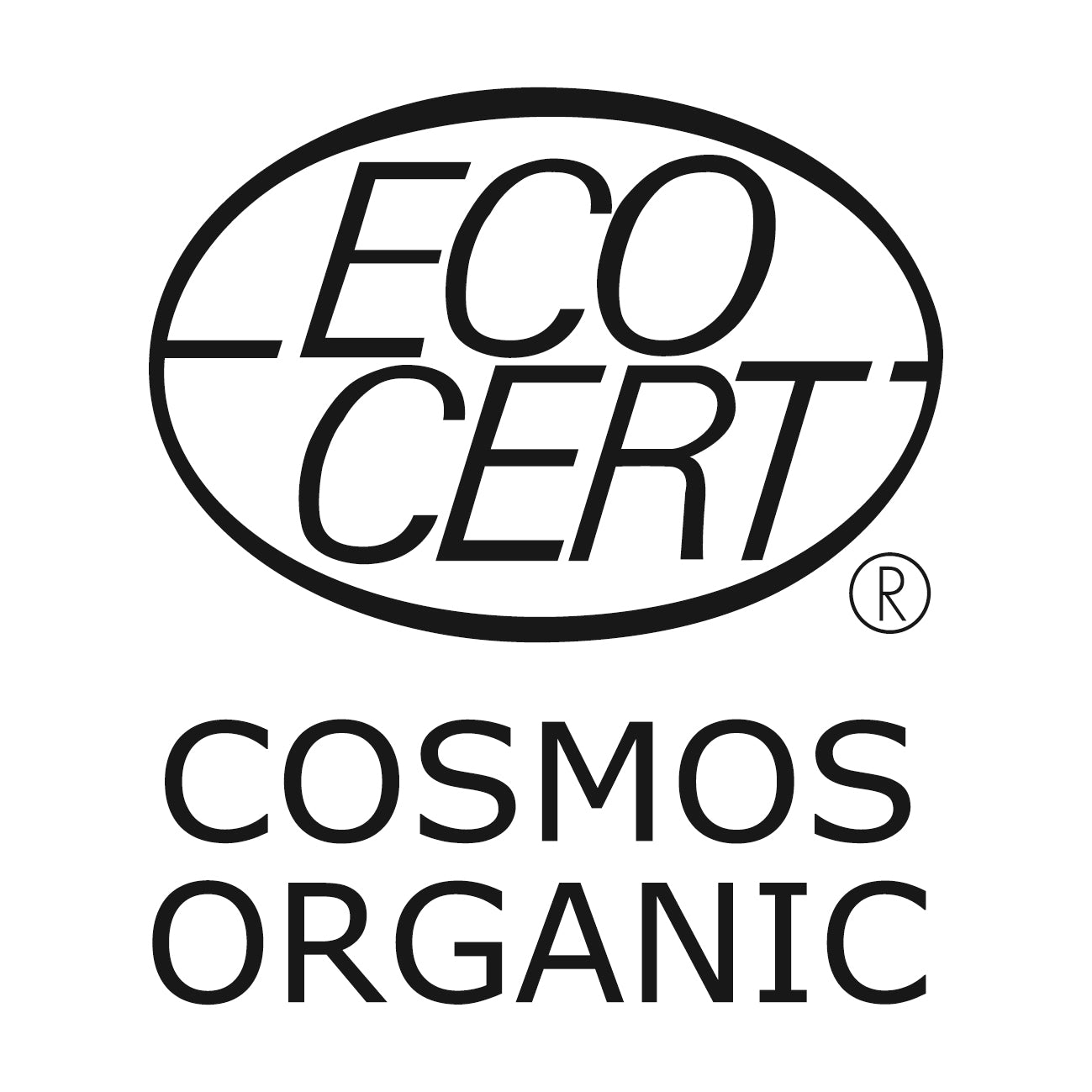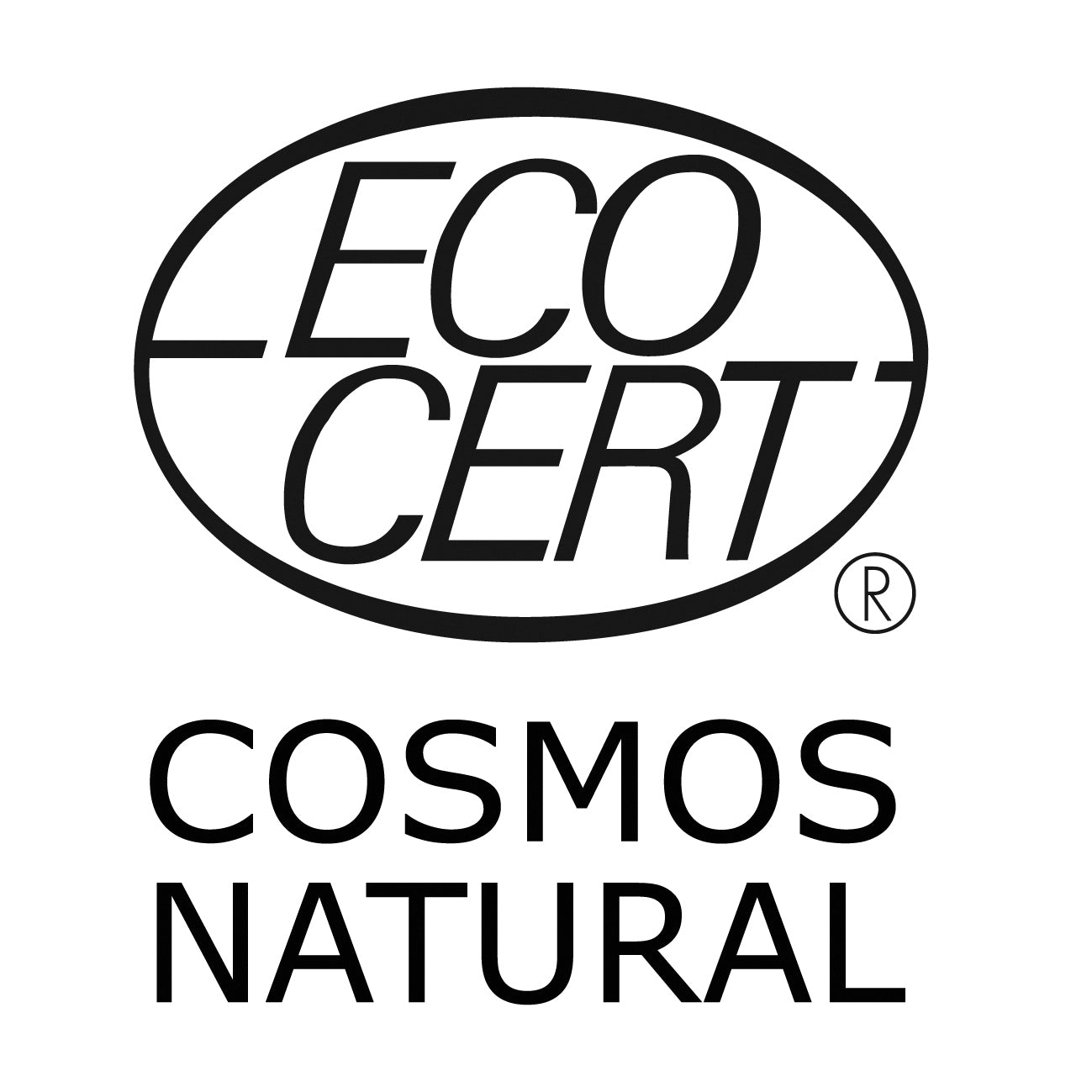Why Bar Soap is a Good Product for Facial Cleansing
By Heidi Ikola
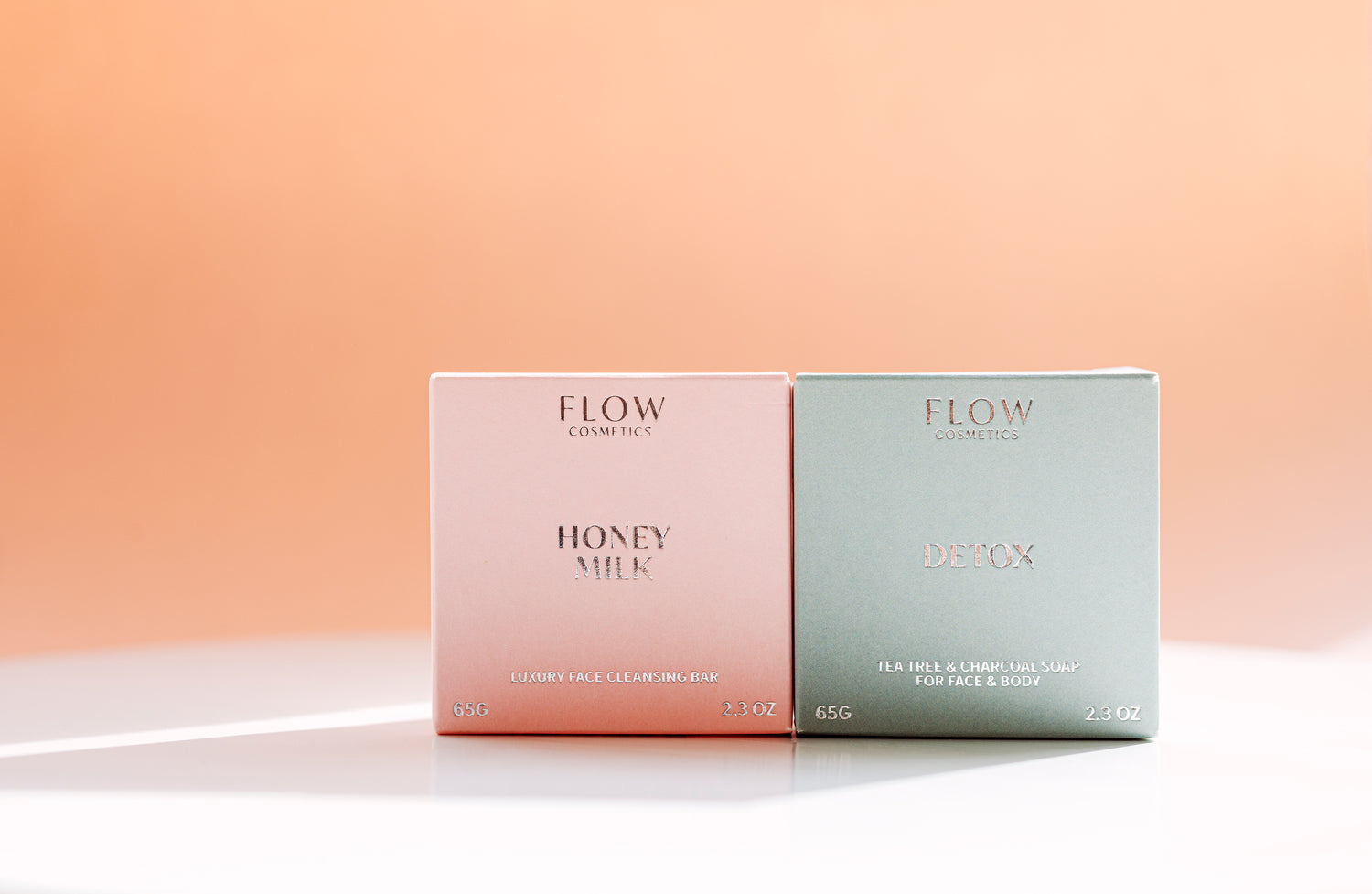

Many people might recall memories from childhood of a bar of soap sitting by the sink, leaving their hands as dry as sandpaper. However, real soap made from high-quality vegetable fats and oils does not dry out the skin; it removes dirt while leaving nourishing fats on the skin. Not all soap is the same; the raw materials used in its production greatly influence the quality of the soap.
What is Soap?
Real soap is made from fats and lye. Various plant and animal fats can be used in soap making. In the past, household soap was often made from tallow. Today, soaps made from vegetable fats and oils are much more popular. There are several methods of soap making, but generally, a precisely measured amount of lye is added to the fats, causing a chemical reaction that turns the fats into soap. Different clays, herbs, and essential oils can be added to the soap mixture, depending on the intended purpose of the soap.
A key aspect of soap making is the superfatting percentage. This percentage determines how cleansing or mild the soap is. Soap must always contain more fats than lye, so not all the fats are saponified. If all the fats were saponified, the resulting soap would be too harsh and could irritate the skin. In the finished soap, there is no lye left; it disappears during the saponification process, and moisturizing glycerin is formed.
Cheap industrial soaps are made by a process in which the naturally occurring glycerin is removed, leaving only the cleansing agents. Glycerin is a valuable ingredient and is often sold for use in other cosmetic products. Additionally, industrial soap typically has little to no superfatting. The absence of glycerin and extra nourishing fats makes the soap drying and harsh. The fats and oils used in soap making also affect how the soap behaves and feels on the skin. Therefore, the choice of soap is significant.
Many “bar soaps” sold in stores are not real soap despite their name. Instead, they are solid cleansers based on sulfates, with completely different manufacturing methods and raw materials. Sulfates clean the skin but also remove essential oils, leaving the skin feeling dry and tight. Moreover, the sulfates used in industrial bars are rarely plant-based, as they can be derived from petroleum by-products.
What Makes a Good Facial Soap and Who Is It Suitable For?
High-quality soap is excellent for facial cleansing. Flow Cosmetics' Detox, Tea Tree, and Honey Milk facial soaps are particularly good for the face due to their gentleness and high-quality, skin-nourishing organic vegetable oils. We use a higher superfatting percentage in facial soaps compared to body and hair soaps. This means facial soaps retain more free vegetable oil, enhancing their moisturizing effect. It is recommended to use milder soap for the face.
Our facial soaps contain popular and effective ingredients for facial care. The fat base of the soaps is made from organic shea butter, organic coconut oil, and organic sesame oil. Honey Milk for normal, dry, and sensitive skin also contains Finnish raw honey, which is wonderfully moisturizing, soothing coconut milk, Finnish lingonberry oil to brighten the skin tone, and essential oils of lavender, cedarwood, and geranium, which are suitable for dry skin. For oily skin, Detox soap includes activated charcoal to cleanse impurities and excess oil, Finnish meadowsweet for its anti-inflammatory properties, lavender oil to soothe the skin, and tea tree oil for its antiseptic and purifying effects.
Real soap, being a water-free product, has an almost indefinite shelf life and does not contain preservatives, which can cause skin irritation in some people. Additionally, soap is an environmentally friendly choice for facial cleansing, as bars are long-lasting, ecologically packaged, and free from microplastics. Bar soap is also easy to take on trips, as it does not need to be packed with liquids and cannot leak in your bag.

Soap and pH – A Controversial Topic
On many discussion forums, the pH values of the skin and soap are frequently debated. The pH value indicates whether a substance is acidic, neutral, or alkaline. On the pH scale (0-14), low numbers indicate an acidic substance, around 7 is neutral, and above 8 is alkaline. The skin’s pH value is around 5.5, meaning it is slightly acidic.
Because soap is made with strongly alkaline lye, the final product—soap—is mildly alkaline. The pH of Flow facial soaps ranges between 8.0 and 9.0.
It is often said that soap is not suitable for facial cleansing because the pH values of the skin and soap are so different, and that alkaline soap disrupts the skin's protective, slightly acidic hydrolipid film or acid mantle. The acid mantle is composed of the skin’s sebum, water, sweat, and cellular debris. When washing the skin with soap, the pH on the skin’s surface temporarily changes, but the acid mantle restores itself within a few hours. Additionally, many skincare products are slightly acidic, and when applied to the face after washing, they quickly neutralize the slight alkalinity on the skin's surface.
In a study (Takagi Y., Kaneda K., Miyaki M., Matsuo K., Kawada H., Hosokawa H., Skin Research and Technology, 2015), the pH values of the skin of participants who had used soap for over five years were compared with those who had used mildly acidic cleansers for the same period. The pH values of the participants' skin did not differ at any point during the study. The results suggest that long-term use of soap does not affect the mechanism that maintains the skin’s pH.
Experiences from our customers and staff speak in favor of high-quality soap for facial cleansing. When using facial soap for the first time, the skin might feel slightly tight, but this sensation is temporary and does not indicate long-term dryness. After washing with soap, like any other facial cleanser, we recommend using a toner. Flow Cosmetics Rose Floral Water is an excellent product to balance the skin after cleansing. Follow up with a skincare product suitable for your skin type, such as a moisturizer or oil.
What Do Our Customers Say About Flow Facial Soaps?
Honey Milk
5 / 5
"I have sensitive and dry skin. Normally, using soap dries out my skin completely and makes it itchy. Therefore, I haven’t been able to use soaps much (especially in winter). This product, however, suited my skin perfectly! No dryness, stinging, itching, or tightness. It is effective as soap and has a pleasant mild scent. I recommend it!" - Kirsi
5 / 5
"Lovely soap. I have dry skin, and I use it morning and evening on my face. After use, my skin stays clean, smooth, and radiant. I recommend it!❤️" - Natalia
Detox Soap
5 / 5
"This soap removes dirt even after a tough day! Unlike other similar products I’ve tried, this one effectively controls impurities without drying out the skin." - Oskar
5 / 5
"This soap is perfect for my oily skin! It cleanses away the day’s grime but doesn’t dry out the skin. Pimples and oiliness are kept well under control with this soap, the Detox dry oil, and the Hyaluron & Probiotics serum." - Erika
Tea Tree Soap
5 / 5
"Wonderful product. My face feels thoroughly cleaned. I’ve only used it for a short time, but it already nicely calms the irritation and redness caused by rosacea." - Pauliina
5 / 5
"After the first use, it calmed my irritated, acne-prone skin, and with continued use, the pimples have disappeared, and my skin is normal again ❤️ The soap works great for adult skin suffering from hormonal acne and hasn’t dried out my skin too much. The clay in the soap gives a pleasant cleansing feel for oily skin. I will repurchase when needed." - Kiti
Tip! If you don’t want a foaming facial cleanser, we highly recommend our gentle and soft Balm to Milk cleansing cream, a longtime favorite.
Written by

Estenomi and chemist Suvi knows the ingredients and their potential as their own pockets, and he has developed several Flow Cosmetics Bestsellers.
Summer
